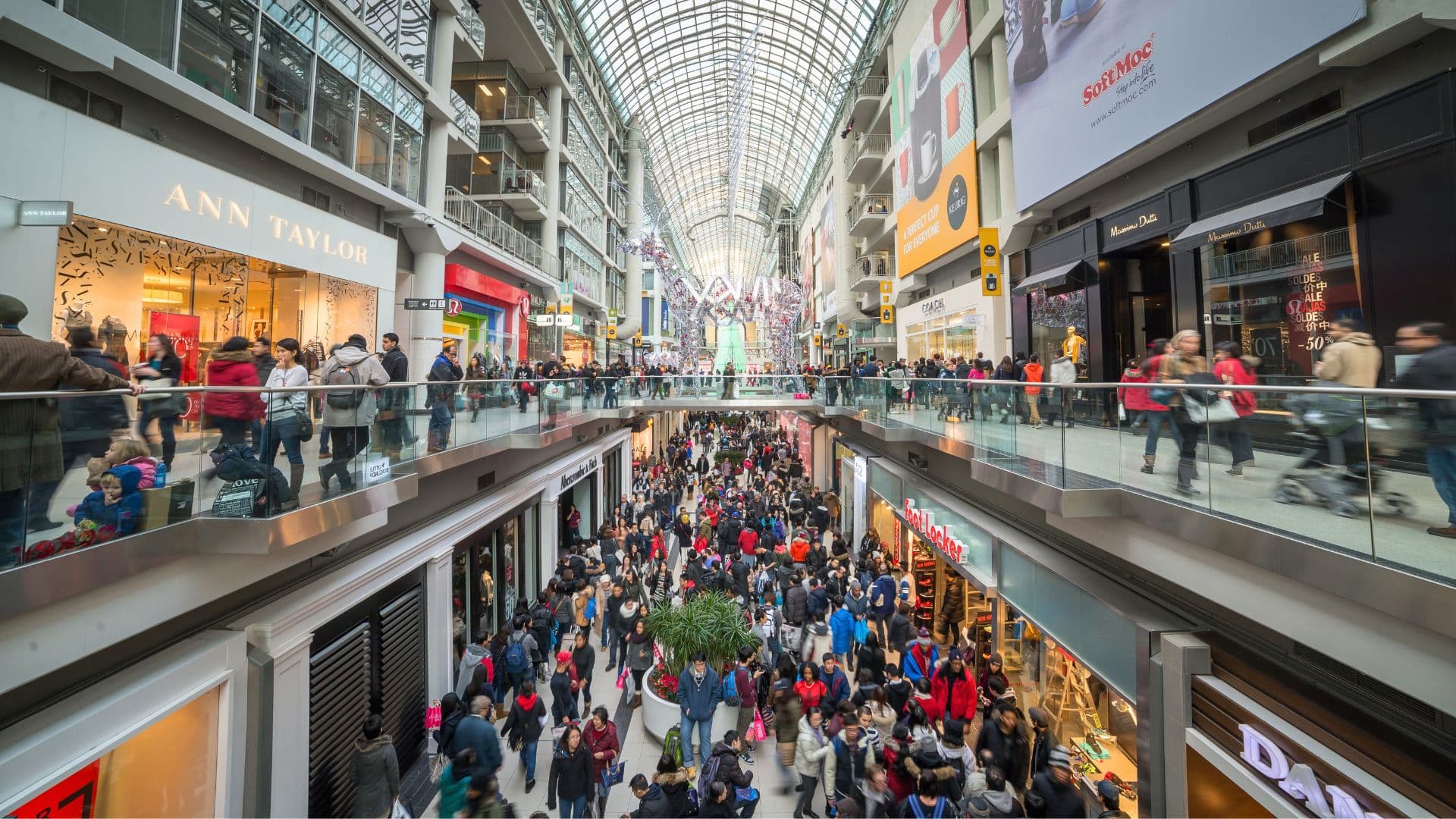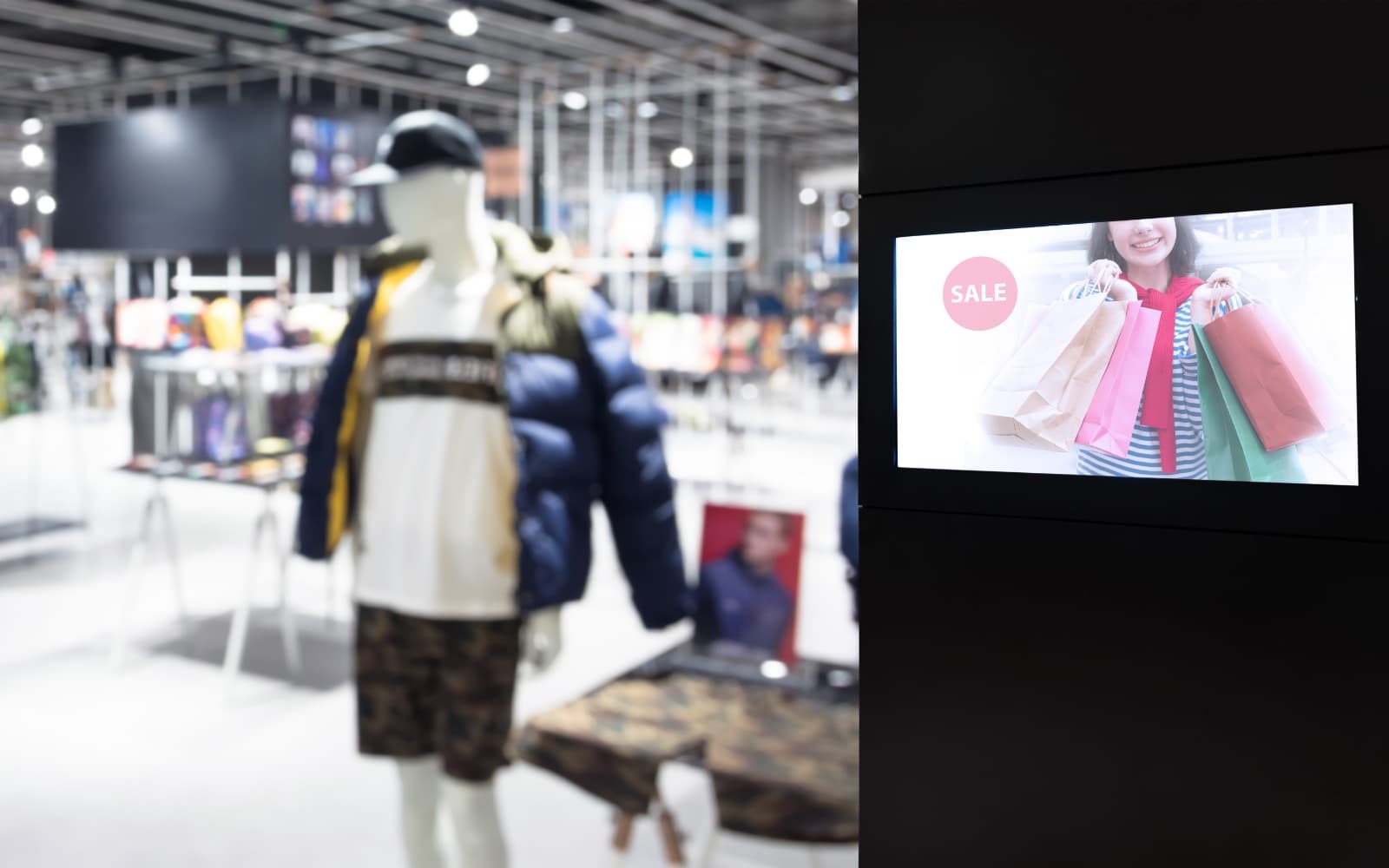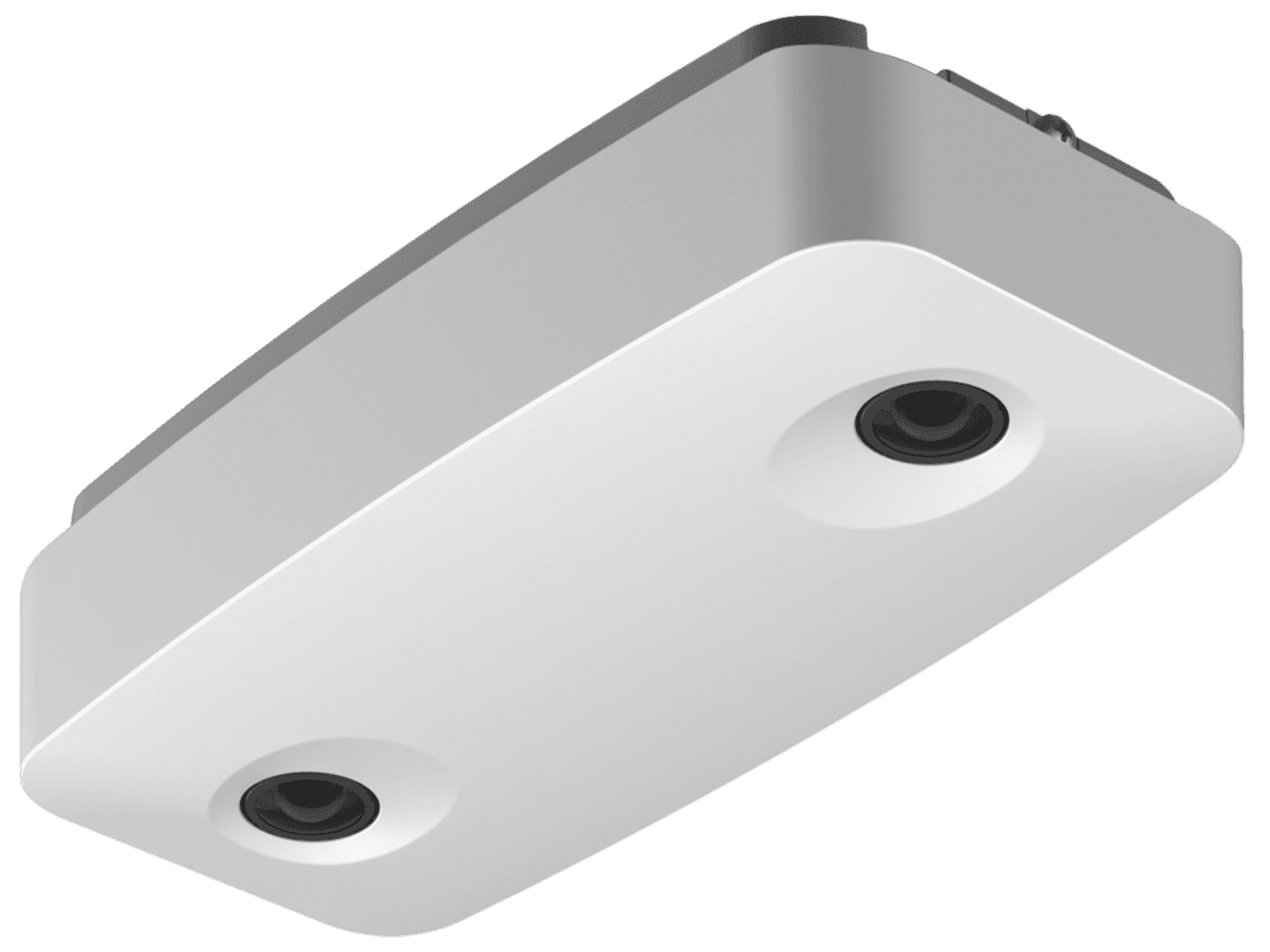5 Ways Shopping Centres Boost Performance With Analytics

On this page
McKinsey data shows that when a mall operator uses advanced analytics to select tenants, optimise mall layout, and determine rents, its revenues can rise by a staggering 20%. After studying malls that harnessed these analytics' power, McKinsey concludes that leasing revenues increased by double-digit percentages over just five years.
As shoppers become savvier and more budget-conscious, retail venues must innovate to keep up with ever-evolving shopper demands, tenant needs, and investor interests. Advanced analytics take the guesswork out of revenue-related decisions by providing a single source of objective truth for owners and operators.
Analytics help retail venue stakeholders answer key questions like
Where do most people enter the property from?
Are the hours of operation aligned with customer visit patterns?
Are common areas located where shoppers naturally dwell?
Where can marketing opportunities and ROI be maximised?
Analytics are essential to a centre’s long-term success and strategic growth. Here are the top five ways analytics help shopping centre owners and operators drive revenue, increase sustainability, monetise data, and foster resilient investment.
EXCLUSIVE EMEA MALL OFFER: Get A Free Traffic Sensor Upgrade
1. Data-backed Leasing Strategies
A major challenge for retail venue owners globally is determining rent for each tenant. According to McKinsey, a typical mall doesn’t have clear processes or a shared understanding within the organization on how to set rental targets for each tenant. For example, the asset-management and leasing teams often arrive at different targets. Accurate industry benchmarks aren’t readily available (or simply don’t exist). McKinsey’s research suggests that a mall’s leasing revenue expressed as a percentage of total tenant sales varies widely, from 5% for a mall in Brazil to 25% for one in Australia.
The rent for a unit should ideally be determined by four variables:
the type and location of the mall;
the quantity and quality of foot traffic;
the characteristics, like size and configuration, of the unit;
the sales productivity of the brand or category that will occupy the unit.
However, these four measurable variables are rarely honoured in practice. McKinsey found that, more often than not, leasing managers base a unit’s rent on personal knowledge of the tenant, past practices, or a combination of gut feeling and business acumen. With gut feeling no longer being an acceptable rationale for high-impact business decisions, shopping centre operators need to rely on fact-based decision-making in order to succeed in an ever-more digitised world.
Advanced analytics help shopping centre management make informed leasing decisions based on traffic patterns, occupancy levels, shopper paths, and dwell data. When armed with this information, retail venues can reinvigorate their own performance, as well as the performance of their tenants, and, importantly, guard against vacancies.
2. Increased Sustainability
With integrated analytics, it is becoming easier for commercial venues to reduce energy consumption. To promote energy efficiency in brick-and-mortar locations, shopping centre stakeholders should consider how to better integrate new technologies with legacy hardware. This will help reduce additional pressure on the energy grid, maintenance costs, and the need for additional hardware (thereby cutting down on e-waste).

Resource efficiency is also a massive factor at large-scale retail venues. Technology can be introduced to maximise the use of a resource, whether energy or water. An HVAC system, for example, is composed of heating, ventilation, and air conditioning equipment. Cooling buildings with air conditioning systems accounts for 10% of UK electricity consumption, according to a BRE Study looking at energy use by air conditioning in non-domestic buildings.
This same study found that air conditioning was often used even when buildings are unoccupied – for example, in the evenings and at weekends. This wastage has a huge impact on the environment and the bottom line. By adopting more environmentally friendly practices, centre operators can cut running costs and reduce their carbon footprint.
Together with Feedback Solutions, RetailNext’s traffic sensors are installed to track and monitor occupancy levels in buildings in the USA. Occupancy data is then delivered in real-time over BACnet IP to the Building Automation System so that the HVAC equipment is optimised. This allows venues to save money by heating or cooling the right amount of air based on occupancy data.
Other benefits that come about when analytics are operationalised to create greener venues include:
reduced energy consumption;
lowered operating costs year-round;
minimised wear and tear on critical equipment;
the ability to control ventilation systems based on demand;
indoor air quality (IAQ) that is compliant with national standards;
GHG emission reduction and penalty avoidance.
READ MORE: How In-store Analytics Bolster Resilient Retail In The UK
3. Potential For Data Monetisation
Reliable traffic and occupancy data creates huge potential for data monetisation. One of the most popular approaches is the establishment of retail media networks (RMNs) in the shopping centre. These networks consist of venues selling shopper data to third-party media or advertising outlets in order to create personalised, context-specific advertising on digital platforms (like digital signage, venue WiFi, and loyalty programmes).
With access to customer data around peak shopping times, preferred entrances and exits, and paths through the venue, the popularity (and resultant rollout) of retail media networks is set to boom in the coming years. Early adoption would serve as a resilient investment for retail venue owners in the UK, especially as consumers tentatively begin regaining confidence and embracing in-store shopping once more.

With the right strategy and implementation, retail media networks are an excellent way for shopping centres to engage with customers, build brand/venue loyalty and provide value for tenants. By leveraging the power of these networks, retail venues can effectively target their customers, create a more engaging shopping experience, and drive better marketing ROI for tenants and third parties alike.
In addition to the monetisation potential mentioned above, centre operators can also pursue data-sharing partnerships with tenants. For example, preferential rental rates can be negotiated in exchange for store data sharing. This data ecosystem is mutually beneficial, equipping both parties with a complete understanding of shopper behaviour.
4. Advanced Investigations
Traditionally, loss prevention teams spend weeks traveling in the field investigating retail crime incidents for commercial real estate groups. This process ultimately costs thousands per investigation. A global apparel & beauty retailer, and RetailNext customer, recently shared that this would oftentimes require a member of its loss prevention team to drive a full day or fly to the location, resulting in overnight accommodation and a minimum of 4 hours to assess on-site.
Data-backed asset protection solutions that enable loss prevention teams to conduct remote investigations have cumulative budgetary benefits, such as reducing spend on travel, minimising time in the field, and the flexibility to assign one investigator to more cases. Moreover, teams can work with more agility and responsiveness as issues can be identified remotely within 24 hours. This approach has been shown to cut investigation time by 75%.
Evidence collection via cloud video means that investigators and stakeholders can access critical information in real-time with web and mobile applications. This means that a group’s security team can function centrally, remotely investigating threats and incidents across multiple venues from anywhere in the world.
READ MORE: Highlights: The FIFA Soccer World Cup’s Impact On Retail (UK + US)
5. Centre Team Labour Optimisation
On the ground, labour efficiency can be fostered through the identification of ‘power hours’. Centre operators can isolate traffic cycles across the hour, day, week, or year and align shopping centre staff (security, housekeeping, maintenance, and management) to these high-traffic business hours. On the other hand, fewer staff members can be scheduled for days or weeks where low traffic has been projected based on historical data. This can result in massive savings long term.
Additionally, shoppers’ journeys through the retail venue can become frictionless. For example, parking garage repairs can be scheduled for low-traffic periods, thereby not interfering with shoppers’ experience of the venue from the moment they arrive. The quietest parts of the day can be used to perform cleaning and smaller maintenance duties. This type of scheduling minimises accident risks (slips, trips, and falls), optimises spending on wages, and helps deliver a positive experience to both shoppers and tenants.
These analytics are also instrumental in automating business processes. Large-scale automation (like staff scheduling, adjusting ventilation systems, and asset protection, etc.) frees time for venue teams to focus on building and maintaining strategic partnerships with stakeholders. Instead of poring over tasks that can be performed by software in only minutes, managers can focus on revenue-generating activities that demand a human touch.
Despite some of the challenges in the retail landscape, it is an exciting time for retail venue owners. Now, more than ever before, they are equipped to invest more strategically, lease most favourably, and optimise their venues for both shoppers and teams. These incremental improvements result in sustainable long-term growth by providing best-in-class value for shoppers and tenants alike. With advanced analytics, shopping centre owners and operators can take retail venues to new heights.
About the author:

Ashton Kirsten, Global Brand Manager, RetailNext
Ashton holds a Master's Degree in English and is passionate about physical retail's unbridled potential to excite, entertain, serve, and solve problems for today's shoppers.



